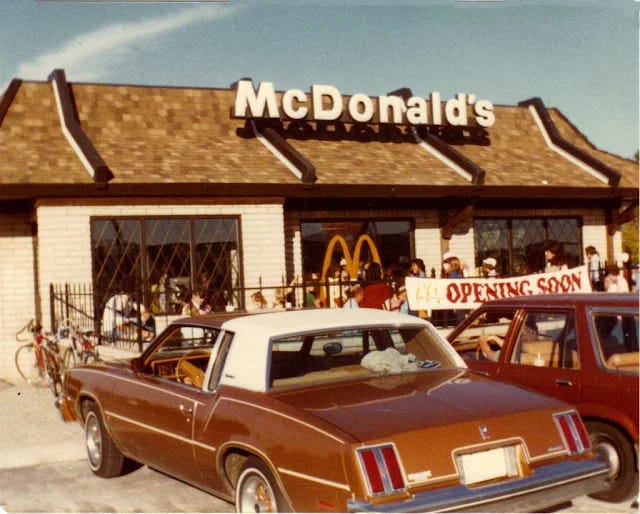Today’s side note is more of a short and friendly rant. I just wanted to get this off my chest in a way that is easy to understand. That being said, I won’t take up too much space in your inbox or too much time in your day…
There's a common misconception among many people, including designers, about the role of a logo in branding. They often overplay its importance, thinking it’s the be-all and end-all of a brand's identity.
But here’s the truth: your logo is not the most important part of your branding.
I don’t know how to clarify this any further.
People often think a good logo will make their audience go, "Ooh, that’s a really good logo." Honestly, they don’t care that much.
You don’t need a good logo for your audience to admire how well-designed it is. What you need a good logo for is two things:
recognition and
serving as the foundation for the rest of your visual identity.
Let me break it down more.
Recognition:
We all recognise the McDonald’s logo. We don’t look at it and go, “What a nicely designed logo.” Instead, we see it and think, “There’s a McDonald’s.” The logo’s true value lies in its ability to be instantly recognisable, not in its aesthetic appeal.
Foundation:
The way we perceive McDonald’s is not because of its logo. It’s because of their identity as a whole—the colours, the restaurants, the packaging, the music, the nostalgia—and their consistency in implementing this identity over the 69 years they’ve been around.
Now, that doesn't mean you don’t need a good logo.
Having a good logo is still important. It needs to flow with the rest of your brand's identity. It needs to look good on your website. It needs to look good on the packaging. It needs to be memorable and easy to recognise. A bad logo can negatively impact everything else, like a domino effect. But the key is to understand that the logo is just one part of a bigger picture.
TLDR;
To sum it up:
Recognition: A good logo helps people identify your brand quickly and easily.
Foundation: A good logo supports your brand’s visual identity but is only one piece of the puzzle.
Remember, it’s the consistent application of your brand identity across all touchpoints that truly defines your brand, not just a single element like the logo.







